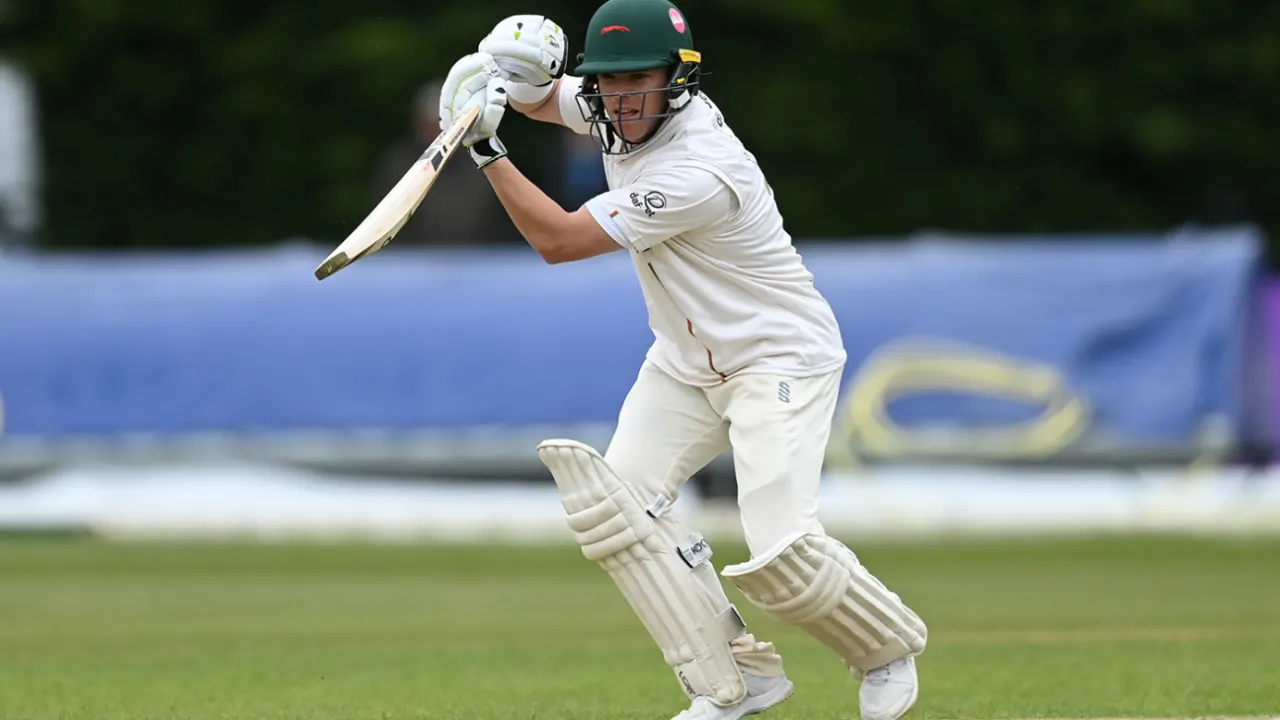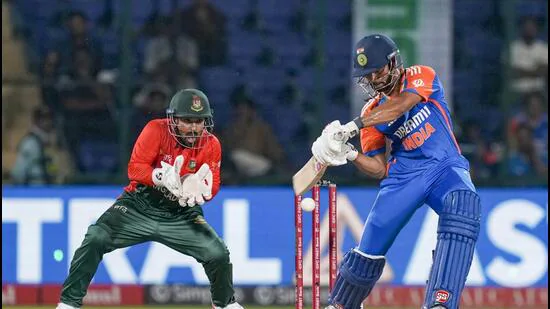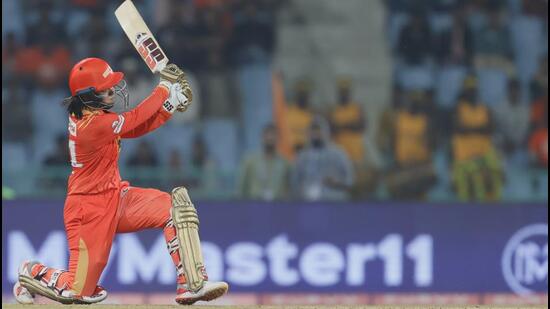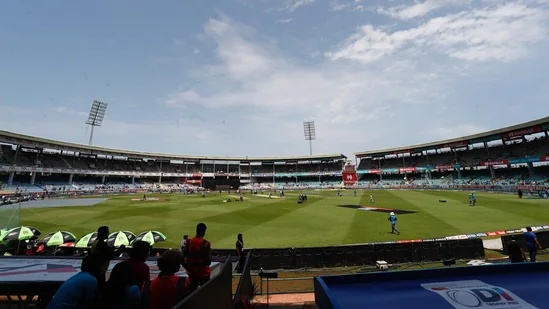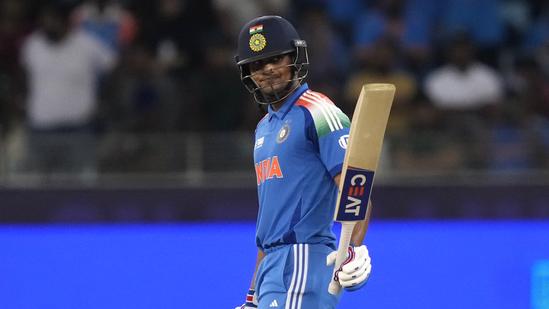Anil Kumble Reflects on 26 Years of 10/74: People Skipping Exams and a Missing Bride's Brother
Test match No. 1443 took place between India and Pakistan at the Ferozeshah Kotla (now Arun Jaitley Stadium) in New Delhi. This was the second game of a two-match series, marking the first time the teams had met in India since 1987. In the previous match, Wasim Akram's Pakistan team emerged victorious in a thrilling encounter in Chennai, winning by 12 runs. Despite facing a high-class bowling attack and battling excruciating back pain, Sachin Tendulkar almost single-handedly led India to victory with a remarkable fourth-innings century.
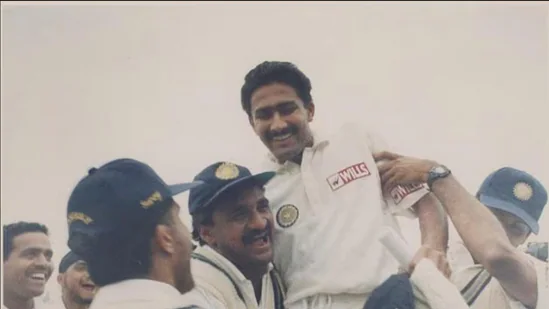
India had to win in the national capital if they weren’t to surrender a second straight home series to their arch-rivals. Everything went to plan over the first three days, India opening up an 80-run first-innings lead to make the most of Mohammad Azharuddin’s luck with the coin, then ending the moving, middle day of the Test on 324 for seven, an overall lead of 404.
Day four, 7 February 1999, dawned a routine Sunday. It wouldn’t stay routine.
India added just 15 to their overnight total to be bowled out for 339; Pakistan’s target was a record 420 – never successfully scaled in Test cricket at the time. An Indian victory was practically guaranteed, it was only a matter of when and by how many.
There were a few jitters when Pakistan got their chase underway. On a slow surface where stroke-making wasn’t easy but survival hardly impossible, Saeed Anwar and Shahid Afridi, fresh off a maiden Test century in Chennai, made a strong statement. They were unseparated at lunch, closing in on a hundred stand for the opening wicket. Azhar had tried out all his four bowlers – Javagal Srinath, Venkatesh Prasad, Harbhajan Singh and the ace in his pack, leg-spinner Anil Kumble – but found no success. There was tension and anxiety in the stands though in the middle, there was a sense of calm. The confidence that one wicket would bring two, and then three and four and…
–
By lunch, Kumble had bowled eight overs from the far end of the ground. In some ways, it was an odd end to bring him on from, because there were a few spots to be exploited if he bowled from the Pavilion End – at the time, the dressing rooms were situated behind the sightscreen but have since moved several yards left and are now housed in the Virat Kohli Pavilion. At lunch, India revisited their plans, Kumble switched ends, and the magic unfolded.
In 18.3 unchanged overs, the engineer from Bengaluru charted India’s victory with a performance for the ages. It’s a cliché that’s been oft (mis)used, but this truly was a performance for the ages. By the time he was done, Pakistan had been bowled out for 207, India were home and dry by 212 runs.
As for Kumble, well, he finished with 10 for 74. All ten wickets in an innings. For only the second time in Test history. Jim Laker finally had company. The England off-spinner had achieved that feat on 31 July 1956 against Australia in Manchester, in Test No. 428. After 42 years and more than 1,000 Tests, he welcomed a second member to an elite club that Ajaz Patel gatecrashed into in November 2021, taking all ten Indian wickets in Mumbai. The exclusive ten-for band has a spinner of every ilk – an offie, a leggie, a left-arm finger spinner. Now, for a left-arm wrist-spinner, perhaps?
Kumble's memories from the iconic Test
To state that Kumble has fond memories of that wintry Sunday in Delhi will be an understatement, but after 26 years, he is sanguine about what transpired that afternoon, about his place in history, in the pantheon. By his own admission, his phone doesn’t blow up with messages on February 7 – ‘After all, last year was the silver jubilee and I am guessing it’s all over and done with’ – but there is a swarm of messages on social media, a plethora of videos from various different handles, that put a big smile on his face and take him back in time.
“For me, February 7 sparked an event that everyone identifies me with,” Kumble tells Hindustan Times. “It’s something special. It doesn’t happen every day, but it’s one of those moments in your career that you are identified with. The way I look at it is that it is more about the celebration of the game, of cricket and what cricket means to India, to the people who follow and support Indian cricket. It’s a true reflection of the way people connect the sport with certain specific events. I am blessed to be in that ecosystem, having been able to get people to identify an event in my life as part of theirs.”
Kumble finished a glorious career with 619 Test wickets, an Indian record unlikely to be threatened in a hurry. How does it feel, given the volume of work over a period of 18 years, to be identified with one special performance, much like how VVS Laxman is synonymous with his 281 in Kolkata? “I haven’t thought about it from that point of view,” Kumble says. “It’s one of the highlights in my career, no doubt about that. I have a poster of that afternoon’s action, of the ten wickets, in my office, it’s a part of my life. I look at it more as a recognition of people identifying themselves with cricket. When you come across so many people who love the sport and you see the respect and adulation they have for cricket and cricketers, this moment sort of tells you how intrinsic cricket is in everyone’s life in India.”
To buttress his point, not that he needs to, Kumble reflects on personal experiences. “I have had people come up to me at an airport or a public space and this becomes the conversation-starter,” he recalls. “Some say I was at the ground, or I watched it on television -- some who are of my age (now 54). Others tell me they had an exam that day but missed writing it because they were sitting in front of the television and watching the action unfold. But most people come up and say, ‘Sir, I was very young, I’ve heard about it from my father or mother and then watched it on YouTube’. That’s not a great feeling, you know, makes me feel very old! But seriously, it feels nice, no two ways.
“I met one guy in Ahmedabad a few years back. The day of the ten-for was his wedding day and the Muhurtam was in the afternoon. The bride’s brother was scheduled to do the honours but apparently, he wasn’t to be found anywhere, and even those at the wedding hall didn’t seem interested in the big moment because everyone’s eyes were on the television set. People identify certain celebrations with personal memories, be it winning the World Cup or individual performances, and this is one of those. In my case, I guess the two standout recall moments are this ten-wicket haul and the West Indies injury (for the uninitiated, Kumble came on to bowl with a broken jaw sustained while batting when he was struck by a bouncer from Mervyn Dillion, and braved unbearable pain to bowl 14 overs and trap Brian Lara in front in the Antigua Test in May 2002 before flying back home to Bengaluru to have surgery). It’s like a recall, more than anything else.”
Kumble’s once-in-a-lifetime achievement was honoured when the authorities named a vital intersection in the heart of the Central Business District as the ‘Anil Kumble Circle’. The intersection overhangs the M Chinnaswamy Stadium, the leggie’s cricketing home – for some reason, the board bearing the name ‘Anil Kumble Circle’ has disappeared (hopefully temporarily) – and is a junction he has passed by regularly for nearly four decades, especially during his time as a player and for three years from 2010 to 2013 when he was the president of the Karnataka State Cricket Association.
“Again, I don’t look at it as a personal recognition,” Kumble insists, with no trace of false humility. “But to have that circle named after me, a very proud moment. Especially when you are recognised by your people, the people of Bengaluru where I have spent all my life. That’s a great honour that I will always cherish.”
Back to February 7. Did he wake up thinking it was going to be a special day? Not a ten-for, obviously, but that he would be on to a good thing? “Ten wickets?” he laughs. “I didn’t even think about it. You can’t go into an innings chasing all ten wickets. I realised there was an opportunity for a five-for, to see if you can wrap it up for the team, that’s it.
“My preparation for that innings, mental and physical, was similar to what I did every time. The previous evening, I would do a visualisation of the opposition batting and how I would bowl at each batter, get them out and go on to the next batter. That was my routine all my life,” Kumble reveals. “One was the preparation at the nets. Then, there was the preparation in the mind. How do I plan based on the conditions, the opposition, how do I approach my bowling? That was also part of the routine.
“That exercise would last five to ten minutes, prior to sleeping, when I would think about the next day’s plan. Some days, I would get all the opposition batters out in my mind. Other days, I wouldn’t go past the first two batters. The mind would fight me, it would go somewhere else, and I’d have to pull it back. But that evening, February 6, I distinctly remember going through each one, I remember getting all 11 out in the mind because you have to plan for everyone, not just for ten batters. In that spell, I was not thinking about anything, I was just focused. When you are in the zone, your focus is only on the next ball, not thinking too far ahead. When you are not in that zone, other things keep working on your mind.”
How simple. As simple, you could say, as ten for 74 from 26.3 overs, as ten for 37 from 18.3 unchanged overs.
ICC Champions Trophy , ICC Champions Trophy Schedule , and Champions Trophy 2025 Points Table – stay ahead with real-time match updates, team standings, and insights. Check live cricket score , player stats, and ICC rankings of top players like Rohit Sharma and Virat Kohli . Get expert analysis, match previews, and in-depth coverage of ICC CT 2025 and IPL 2025, all on HT Crickit, powered by Hindustan Times – your trusted source for cricket news. .freemium-card h4{color:#fff; padding-bottom:20px;} .freemium-card .freemium-content .subcTxt{padding-bottom:16px; color:#fff;} .freemium-card .freemium-content{width: auto; max-width: inherit;} .freemium-card .freemium-content .subcTxt{max-width:inherit; font-size:18px; padding-top:0; line-height:24px} .freemium-card .btnSubc{margin} .freemium-card .btnSubc a{background:#000; color:#fff; min-width:auto; padding:5px 15px; border-radius:6px; font-size:16px; line-height:22px; font-weight:700;} .freemium-card{height:285px} @media (max-width: 767px) { .freemium-card h4{font-size:28px} .freemium-card .freemium-content{max-width:360px; padding: 20px;} .freemium-card{height:303px; background-position: 100% 0; } }RELATED STORIES
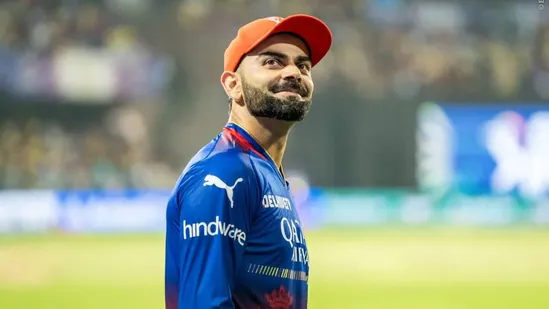
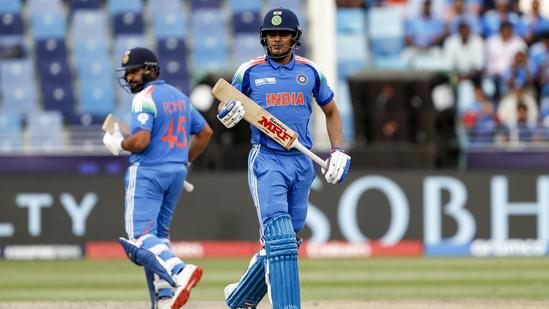
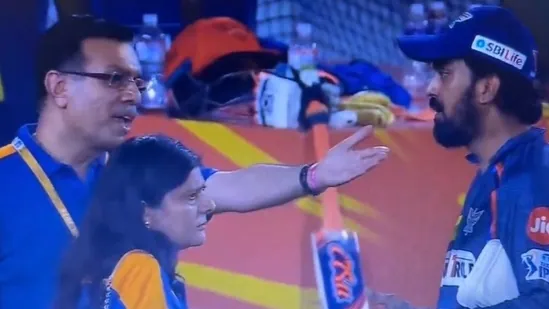
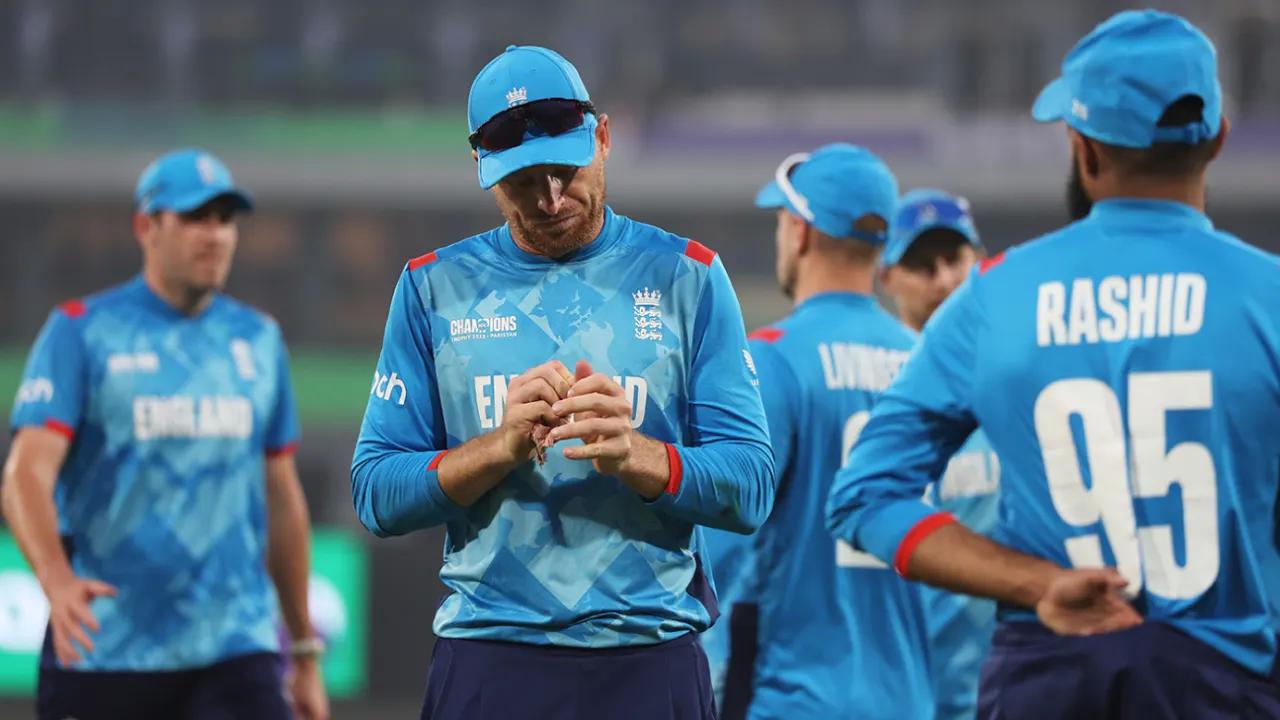
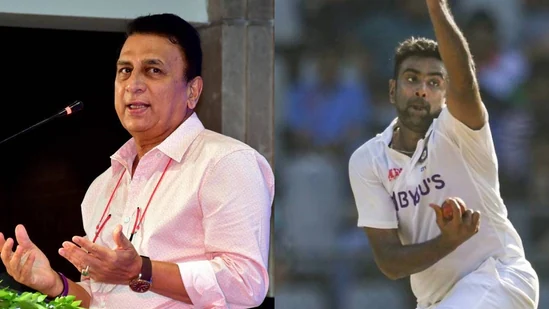
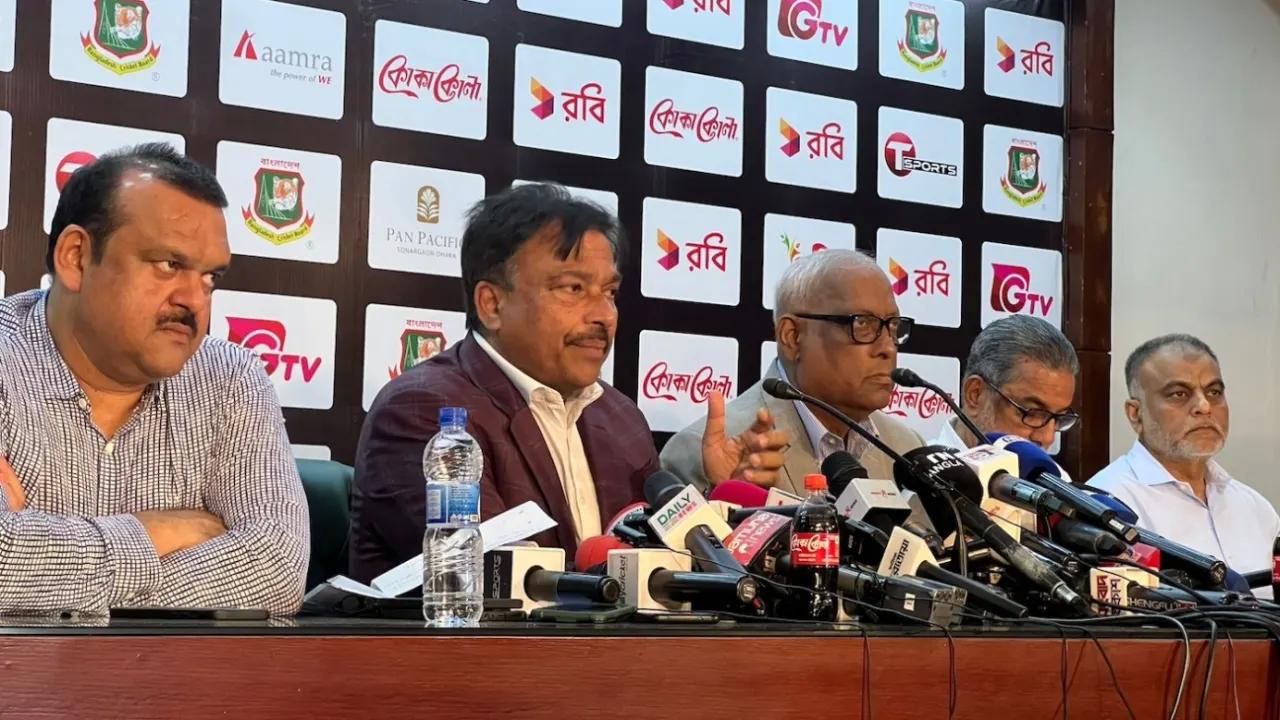
LATEST NEWS
